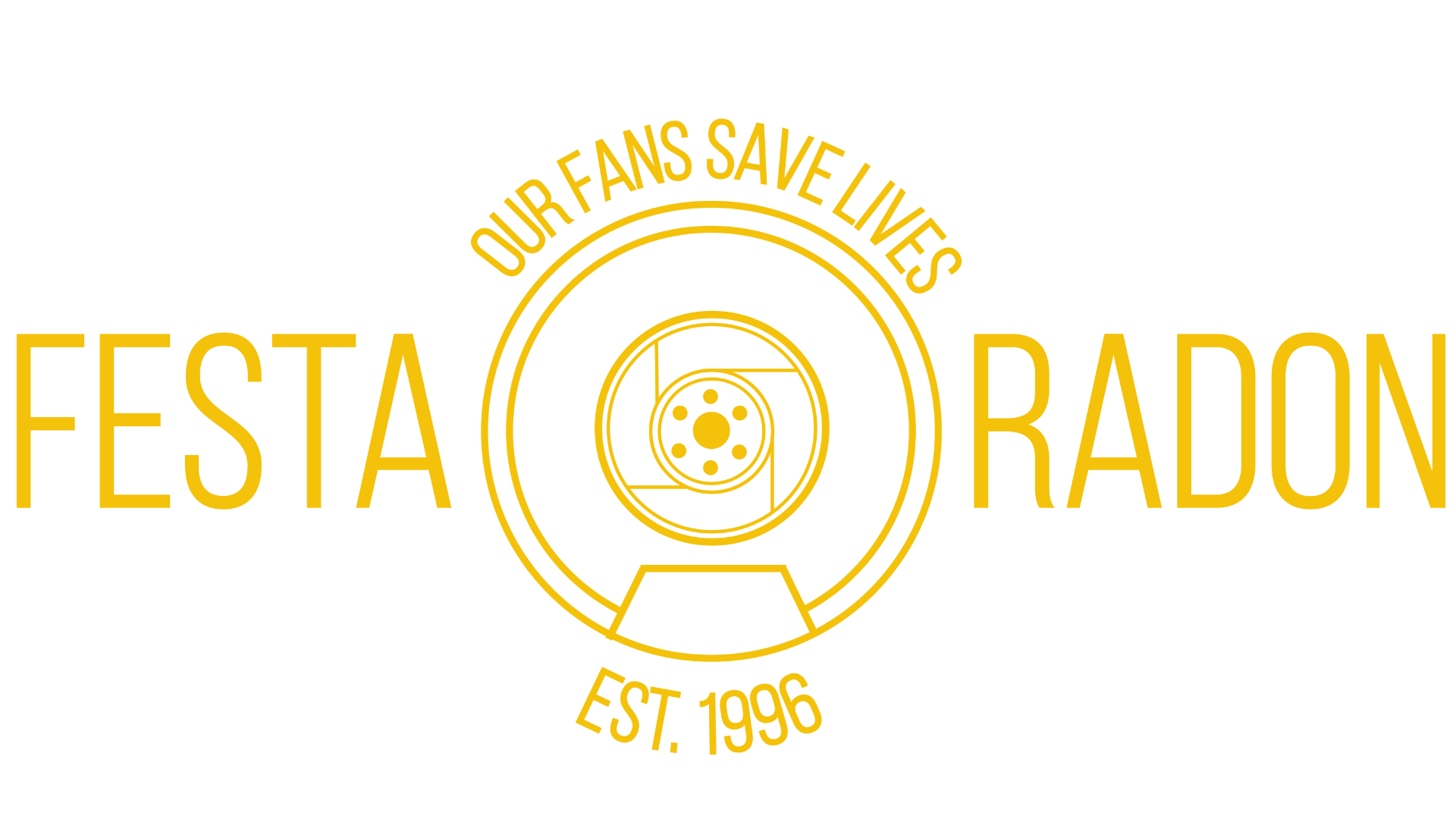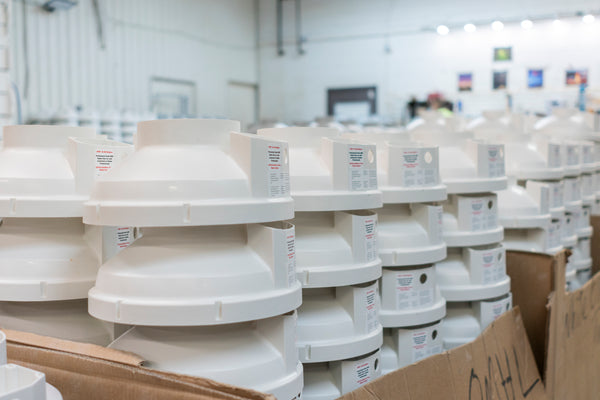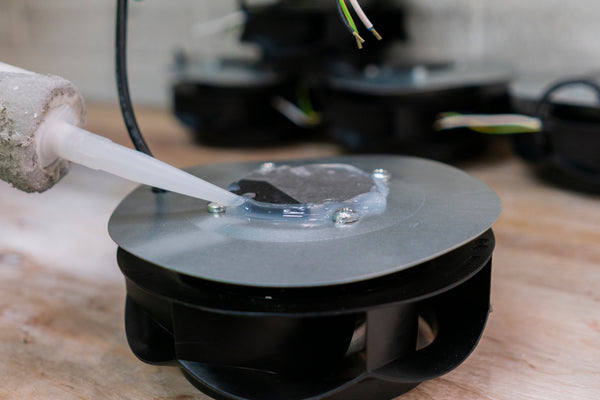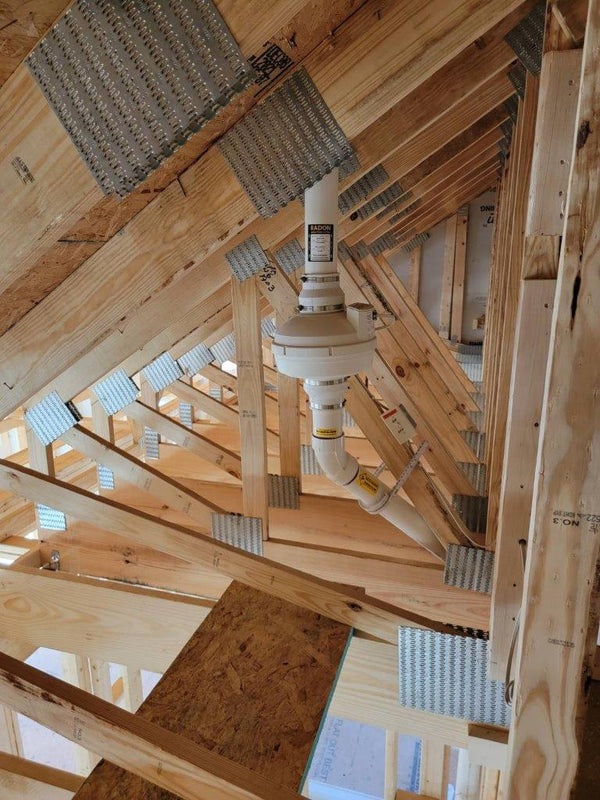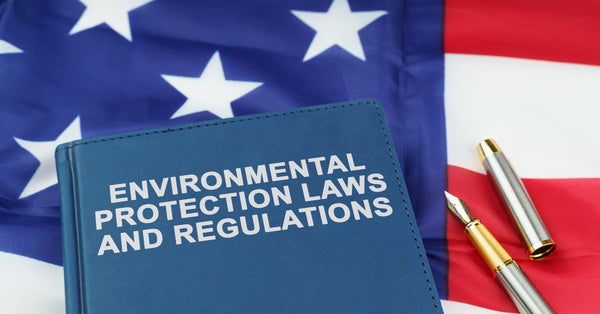
Understanding the EPA’s Radon Action Level
Did you know that radon gas, an invisible and odorless radioactive element, could be present in your home at dangerous levels? Many homeowners aren't aware of the risks associated with elevated radon levels, yet it’s a crucial issue to tackle for long-term health and safety. Understanding the EPA's radon action level is key to keeping your home safe and ensuring peace of mind.
This guide dives into radon basics, the EPA's role in setting safety guidelines, and the steps you can take to test for and mitigate radon in your home. Let's discuss everything you need to know to ensure your home is a healthy, radon-free environment.
What Radon Is
Radon is a radioactive gas that forms naturally when uranium breaks down in soil, rock, and water. It can enter homes through cracks in foundations, construction joints, sump pits, and well water. Because it’s colorless, tasteless, and odorless, it’s impossible to detect without proper testing equipment.
Radon in low concentrations outdoors is harmless. However, in enclosed spaces such as homes, radon can accumulate to dangerously high levels, increasing the risk of health issues for those exposed over time. For homeowners, understanding radon and how it behaves indoors is a critical first step in addressing potential exposure risks.
The EPA's Role in Radon Safety
The Environmental Protection Agency (EPA) plays a vital role in protecting homes and families from environmental hazards, including radon. Since the 1980s, the EPA has conducted extensive research on radon exposure and its health implications. Based on this research, the EPA has established safety standards and guidelines to help homeowners identify and mitigate radon risks effectively.
The EPA also provides education and resources for homeowners to address radon in their homes, including recommendations for testing and mitigation. Their guidelines on radon safety serve as the gold standard for protecting families across the US.

Measuring Radon Levels
Radon levels are measured in several units depending on the country or context. The most common systems worldwide include the following:
- Picocuries per liter (pCi/L): Widely used in the US, this measures radon’s rate of radioactive decay.
- Working levels (WL): This is used primarily for occupational settings or mines to measure radon decay products.
- Becquerels per cubic meter (Bq/m3): This is the standard measurement used in Europe and Canada where one pCi/L equals roughly 37 Bq/m3.
For simplicity, we’ll stick to discussing pCi/L, as this is the most common system in the US.
The EPA’s Action Level
The EPA has established 4 pCi/L as the “action level” for radon. This means that if radon concentrations in your home reach or exceed 4 pCi/L, you should take steps to reduce them. While no level of radon exposure is considered completely safe, homes with radon levels below 4 pCi/L are generally deemed manageable without immediate mitigation.
The EPA chose this level as a balance between health risk and practical feasibility for mitigation in most homes.
Health Risks Associated With Radon
The most common risk of radon exposure is lung cancer. Radon is a major cause of lung cancer in the United States after smoking. According to the EPA, radon is responsible for thousands of lung cancer cases every year. Smokers exposed to high radon levels are at an even greater risk.
Understanding radon’s health risks underscores the importance of testing and mitigation, especially if you or your family members spend extended time at home.
Radon Testing Strategies
Testing is the only way to determine your home’s radon levels. Fortunately, testing is straightforward and cost-effective. Here are some common testing methods:
- Short-term tests: These measure radon levels for two to ninety days and are the quickest way to get initial results. They’re available as DIY kits from most hardware stores.
- Long-term tests: These measure radon levels over ninety days to provide a more accurate picture of average annual exposure.
- Continuous radon monitors: These devices collect constant data on the radon levels in your home.
- Professional testing: For peace of mind, you can hire a certified radon professional to conduct thorough testing.
Interpreting Your Radon Test Results
After testing, you’ll receive radon level results in pCi/L. Here’s how to interpret them:
- Below 2 pCi/L: These low radon levels require no action.
- Between 2 and 4 pCi/L: These are moderate levels where you should consider further testing or take preventative measures to reduce radon entry.
- 4 pCi/L and above: High radon levels require immediate steps to mitigate.
If your test reveals levels at or above the EPA’s action level, don’t panic. Radon mitigation is highly effective and can significantly reduce exposure levels.

Radon Mitigation Strategies
Radon mitigation involves reducing radon levels in your household through proven techniques. Here are some common methods:
- Sub-slab depressurization: In this method, a technician will install a vent pipe in the floor of your foundation. They’ll attach it to a fan system to draw radon from beneath your home and release it outside.
- Sealing foundation cracks: Preventing entry points for radon is often used as a temporary solution or in combination with other techniques.
- Improved ventilation: Increasing air circulation in basements and crawl spaces can help dilute radon concentration.
Be sure to use recommended radon mitigation supplies for any DIY attempts.
Cost Considerations
Radon testing and mitigation don’t have to break the bank. For homeowners concerned about costs, many states have programs that offer free short-term radon tests through local health departments. Some states also offer financial assistance or grants to offset the expense of radon mitigation.
Prevention Tips
Preventing radon from entering your home can save you the hassle of mitigation work later. Here are some prevention tips:
- Seal cracks in floors and walls.
- Ensure proper ventilation, especially in crawl spaces and basements.
- Regularly maintain your home’s foundation to prevent new entry points.
- Use radon-resistant construction materials when building a new home.
Radon exposure may be invisible, but its effects are very real. Testing your home, addressing high radon levels, and implementing long-term mitigation strategies are excellent steps toward creating a safer living environment. Understanding the EPA's radon action level helps homeowners protect their families from this silent health risk.
